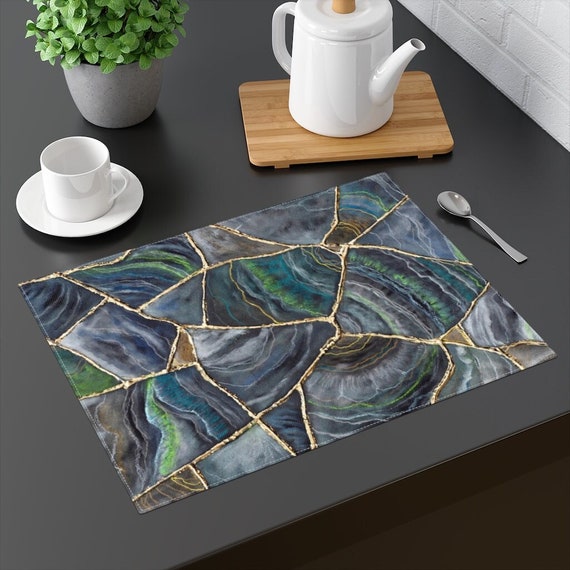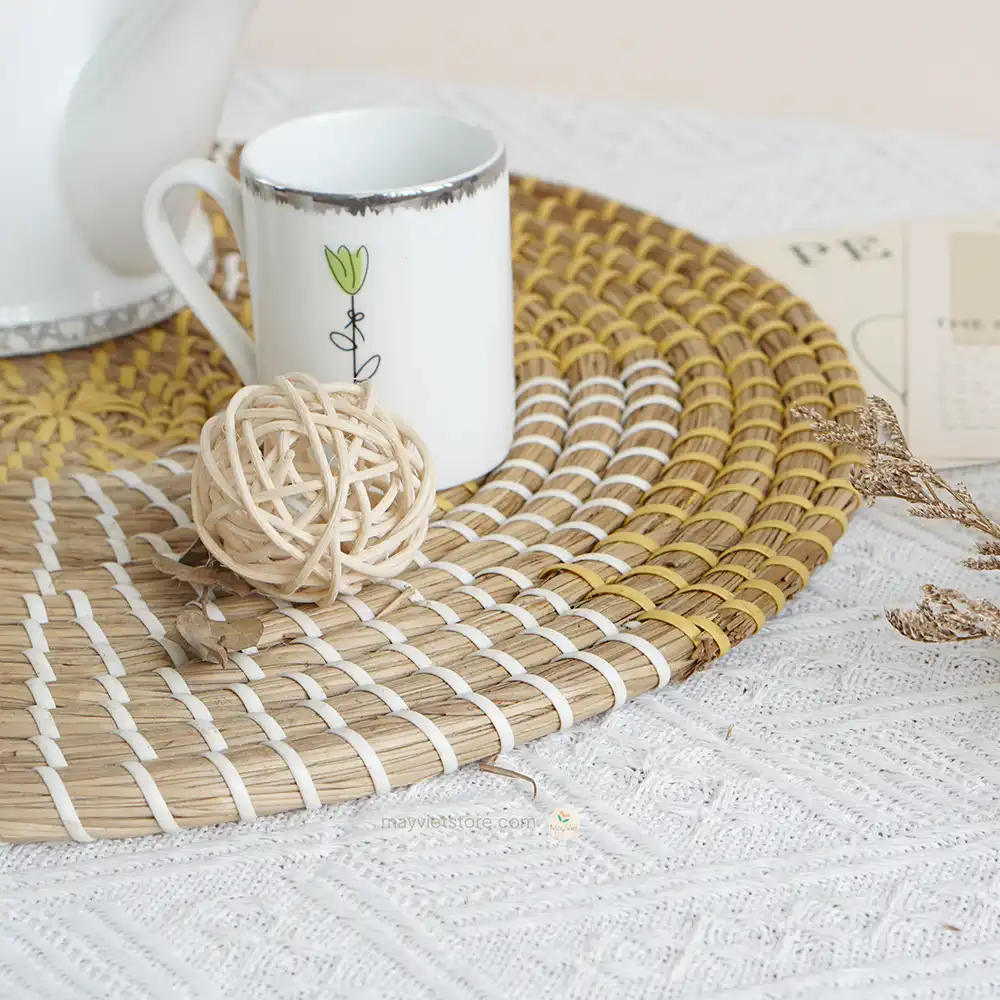Not known Details About Top News Sites
Not known Details About Top News Sites
Blog Article
Not known Facts About Unique Art
Table of ContentsLittle Known Facts About Unique Art.Facts About Unique Art RevealedThe Main Principles Of Unique Art Not known Facts About Unique Art
While one might discuss which art type holds priority, the fact stays that each of these seven kinds offers an unique home window right into human history, culture, and evolution. They are the tapestries that chronicle our trip, reminding us of our past while inspiring visions for the future.Terrific artwork narrates, makes individuals look twice, and develops an one-of-a-kind experience that can not be matched. Art and pictures connect all of that via shade, form and various other layout components. Find out how to make your unique art work stand out from the crowd.

8 TRIA GIOVANEqual parts grand and laidback, this foyer developed by Anthony Baratta is the ideal blueprint to comply with if you're embellishing a formal entryway that still really feels unfussy and comfortable. Formed fabrics take spotlight (see the carpetings and the couch), yet they also assist bring the high ceilings to a human range when hung over wallpaper.
The smart Trick of Unique Art That Nobody is Talking About
18 Heidi Caillier DesignA gallery wall surface doesn't require to use up the entire area. Sometimes a little one can make a bigger style statement. In this living-room, Hiedi Caillier selected micro-mini frameworks and a random structure. Advertisement - Continue Reading Below19 Stephen Kent JohnsonDesigner Juan Carretero selected a deep environment-friendly paint shade to contrast with the light timber finishes.
, the expression of concepts and feelings, with the creation of specific aesthetic top qualities, in a two-dimensional visual language. The elements of this languageits shapes, lines, colours, tones, and texturesare made use of in various means to create experiences of volume, room, motion, and light on a level surface. These components are integrated into meaningful patterns in order to stand for genuine or mythological sensations, to translate a narrative motif, or to develop wholly abstract aesthetic relationships.
Later the notion of the "great artist" developed in Asia and Renaissance Europe. Prominent painters were paid for the social status of scholars and courtiers; they authorized their work, decided its layout and commonly its subject and images, and developed an extra personalif not always amicablerelationship with their patrons. Throughout the 19th century painters in Western societies began to shed their social position and secure patronage.
Get This Report on Unique Art
Others gained a revenue via touring events of their work. The requirement to appeal to an industry had changed the comparable (if less impersonal) demands of patronage, and its result on the art itself was possibly comparable. Generally, musicians in the 20th century could get to an audience only via industrial galleries and public museums, although their job may have been occasionally reproduced in art periodicals.

Don't replicate the style of various other musicians if you're looking for your style. Copying other individuals's art work can be terrific in educational functions but it will certainly not make you closer to discovering your own one-of-a-kind style. Your creative design has to be, what you such as and what motivates you.
I would certainly believe of your very own design as a style you paint in naturally, when you release all ideas and regulations and simply focus on paint, not considering it. Unique Art. The style has to come naturally to you when you are loosened up and you can't force it or it won't be your own style, simply a person else's
How Unique Art can Save You Time, Stress, and Money.

With time you'll have the ability to arrange all of them into your favorite and least favored classifications. Attempt to concentrate your focus on the topics and mediums that you like and before you see it coming you'll have your own individual and one-of-a-kind design, like no person else have! So ultimately you'll have a couple of preferred based on paint and possibly a couple of favorite tools.
The design needs to create itself in time with a lot of technique and experiments - Unique Art. Thanks for reading this post and if you have any inquiries leave them in the remarks below, I would certainly more than happy to answer these
Report this page